Differences In Mixing Methods Of Different Materials In Mixers
 Oct 31,2023
Oct 31,2023

 JCT
JCT
Before choosing a mixer, you must first consider the characteristics of the mixed materials. The mixing of different materials will have great differences.
A small amount of insoluble powdery solids and liquids: The mixing mechanism is the same as that of immiscible liquids with different densities and compositions. Mere stirring cannot change the particle size of powdery solids. If the solid particles cannot settle at a speed lower than the liquid flow before mixing, a uniform suspension cannot be formed no matter what stirring method is used.
Different thermoplastic materials, as well as thermoplastic materials and a small amount of powdery solids: require repeated kneading and kneading by strong shear to achieve random mixing.
Granular solids with good fluidity: Mixing is achieved mainly by the rotation of the container itself, or by the moving parts installed in the container that push the materials to be mixed forward or backward, and by repeatedly turning and blending. Such materials can also be mixed using airflow to create convection or turbulence. The convection or turbulence of solid particles is not easy to produce vortex, the mixing speed is much lower than that of liquid mixing, and the mixing degree can generally only reach random mixing.
Different pastes: Mixing mainly involves repeatedly dividing the materials to be mixed and subjecting them to strong shearing effects caused by pressing, rolling, squeezing, etc., and then repeatedly merging and kneading them to finally achieve the required mixing degree. This kind of mixing is difficult to achieve ideal mixing and can only achieve random mixing. Powdered solids are mixed with a small amount of liquid to form a paste. The mixing mechanism is the same as that of paste materials.
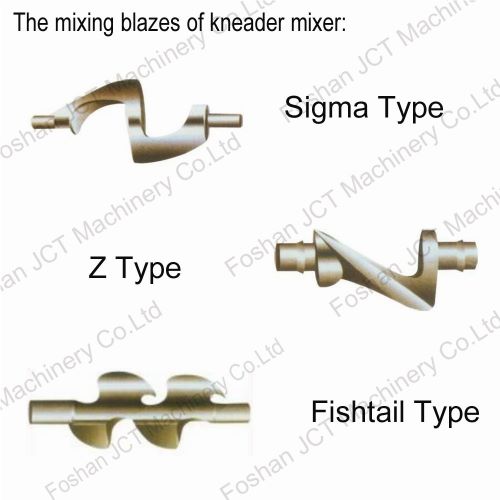


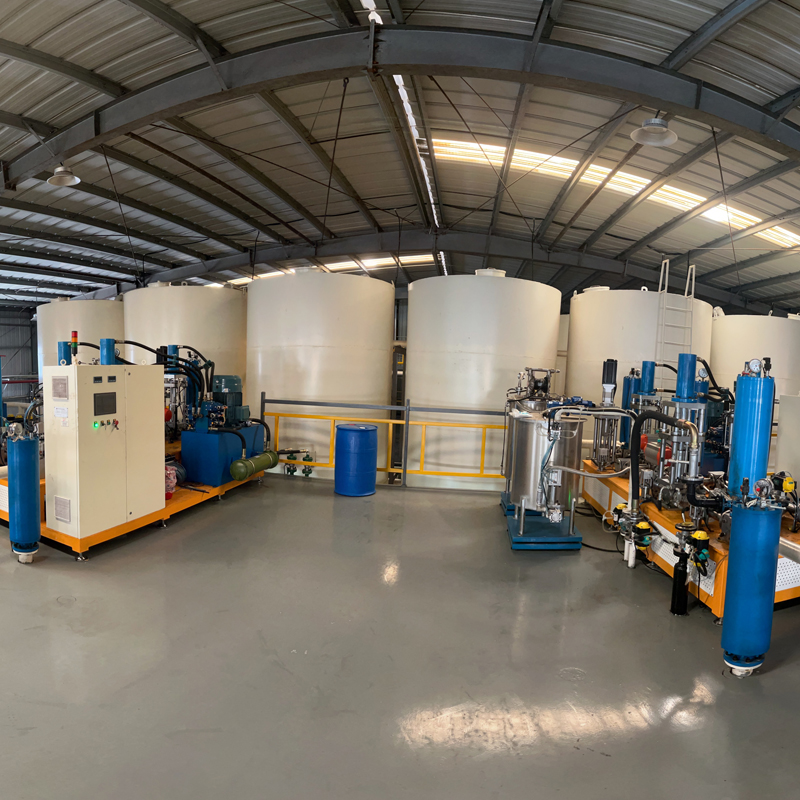
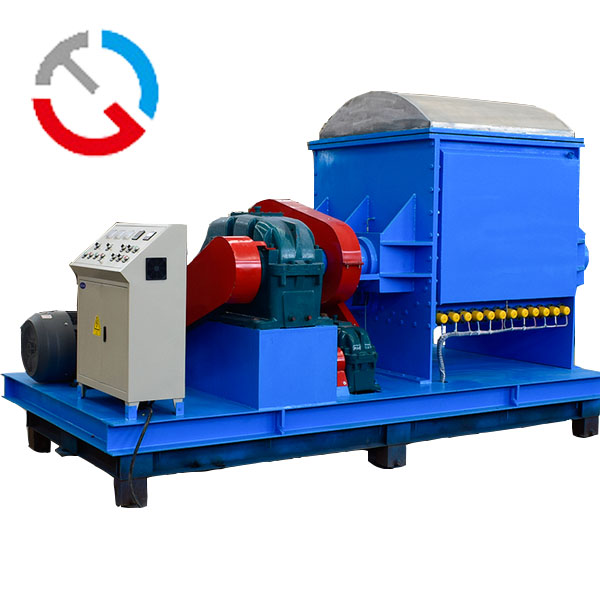
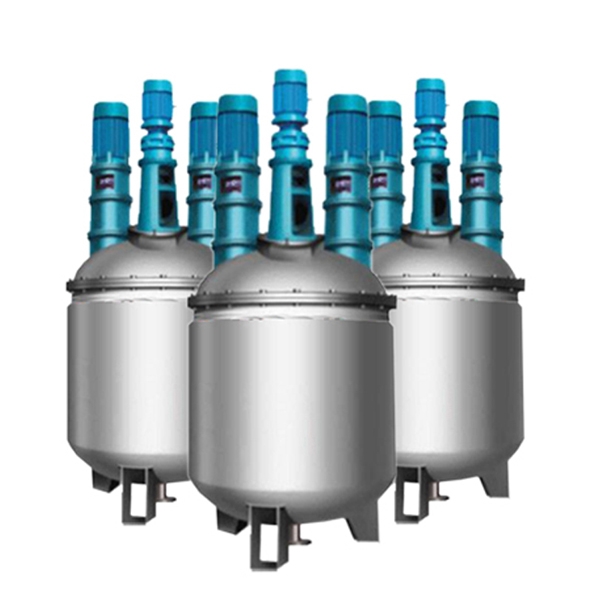
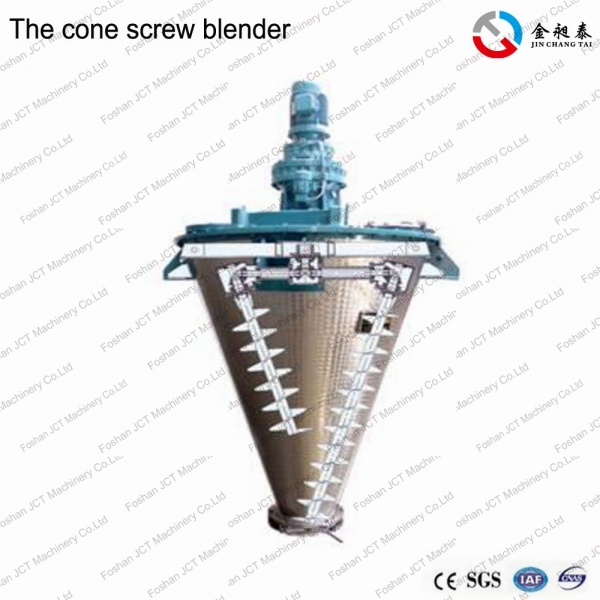


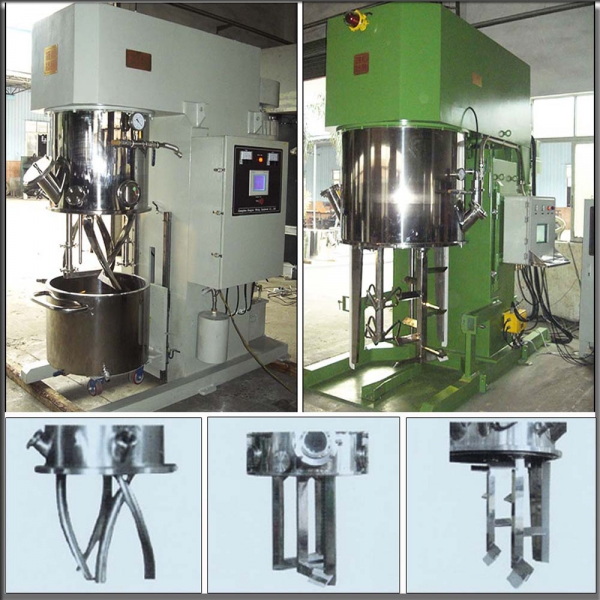





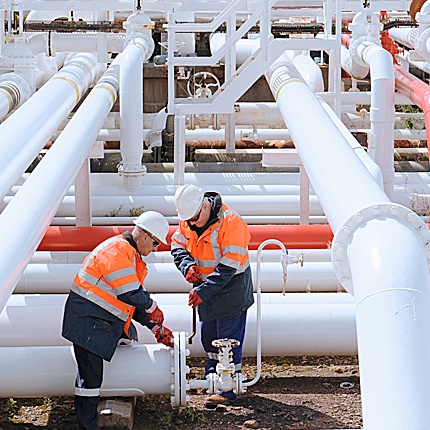

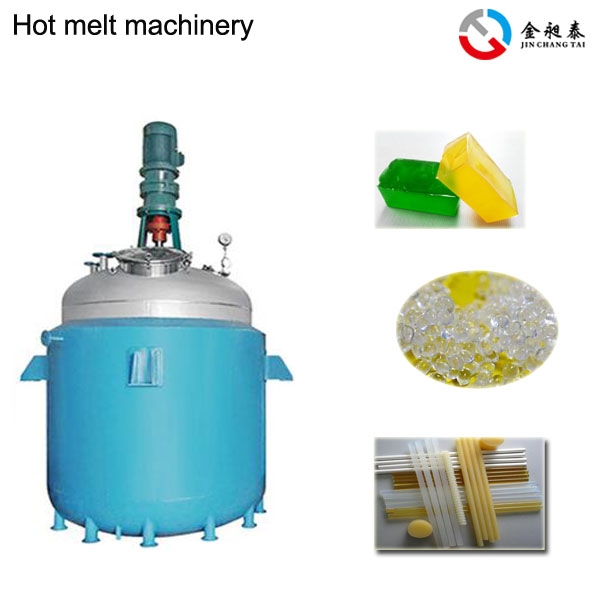
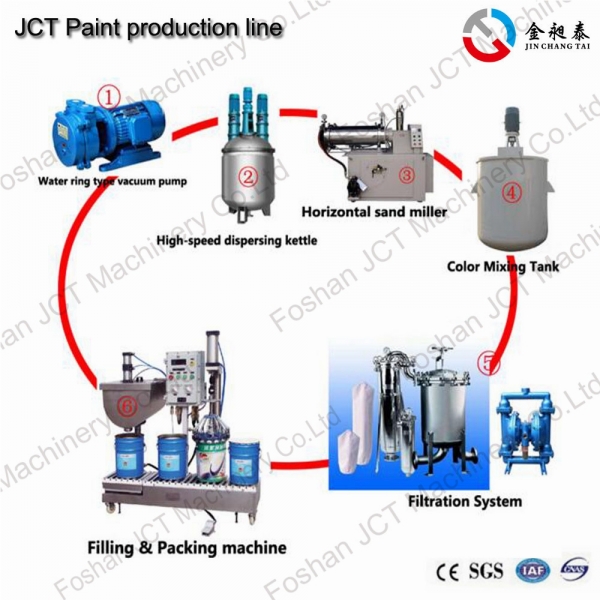
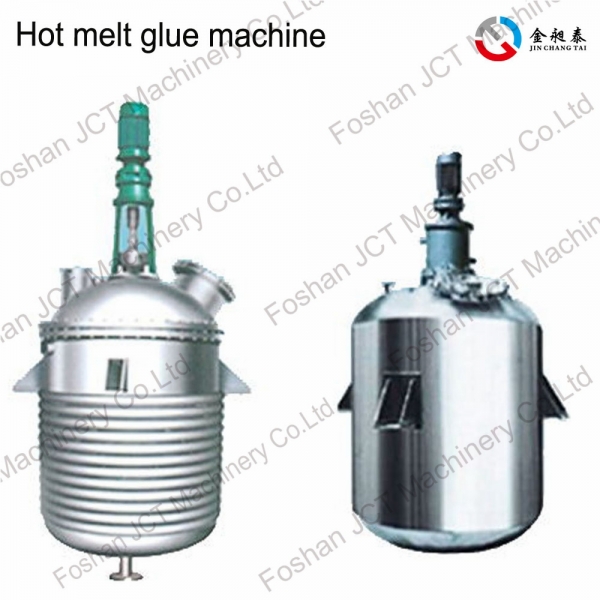
 CN
CN
 HOME
HOME Industrial Sigma Mixer | JCT Machinery
Industrial Sigma Mixer | JCT Machinery  You May Also Like
You May Also Like
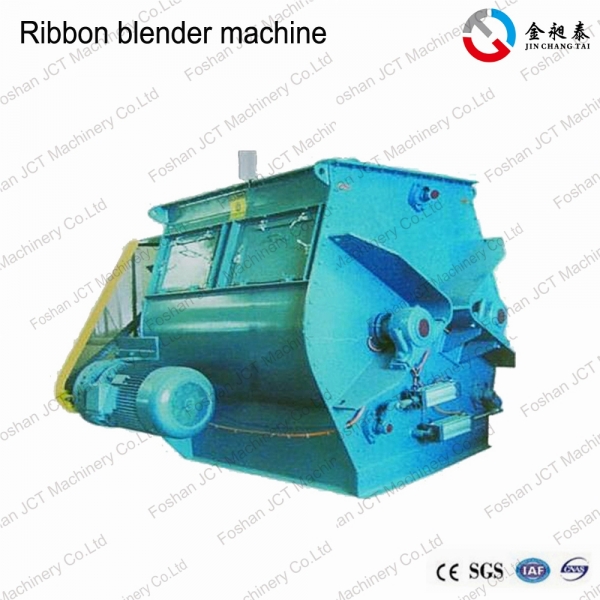

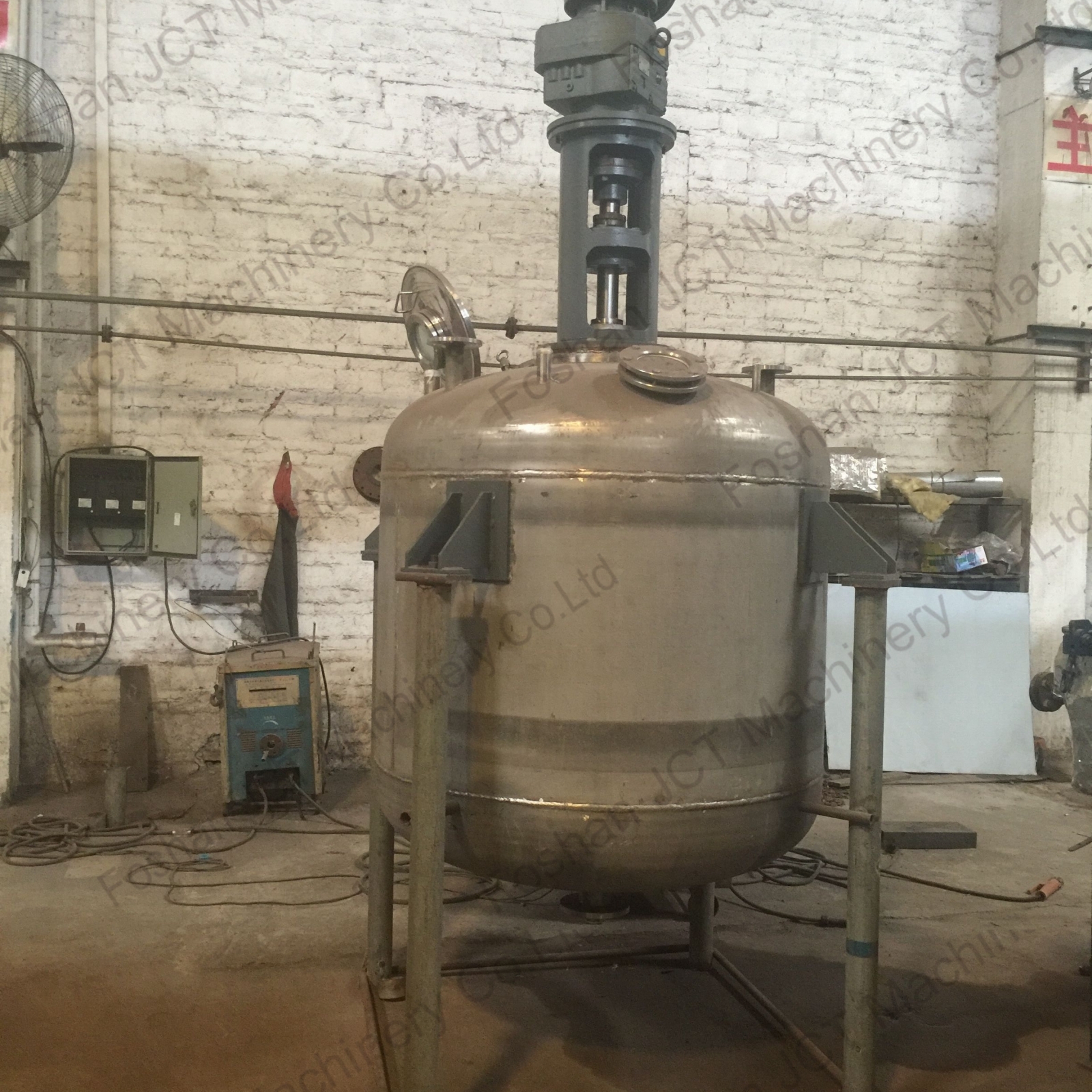
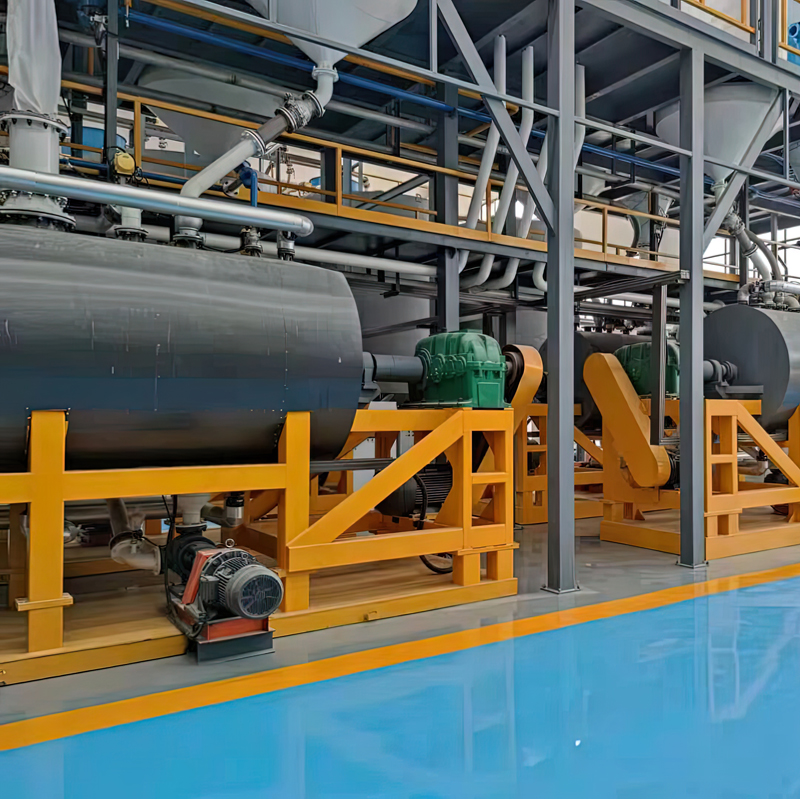
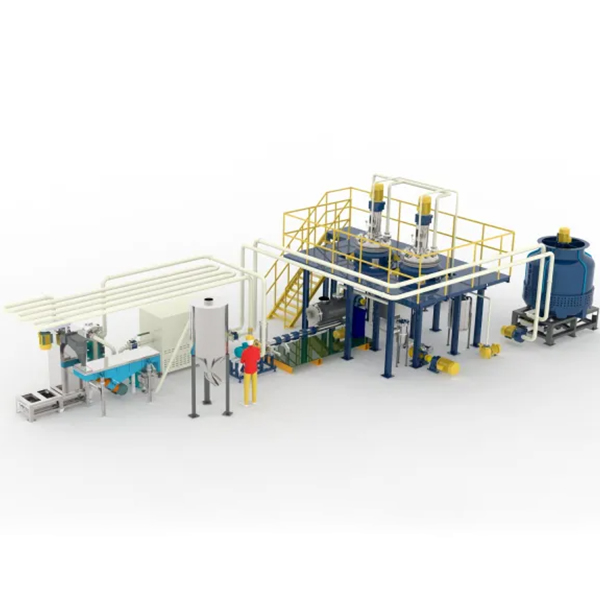

 Tel
Tel
 Email
Email
 Address
Address










